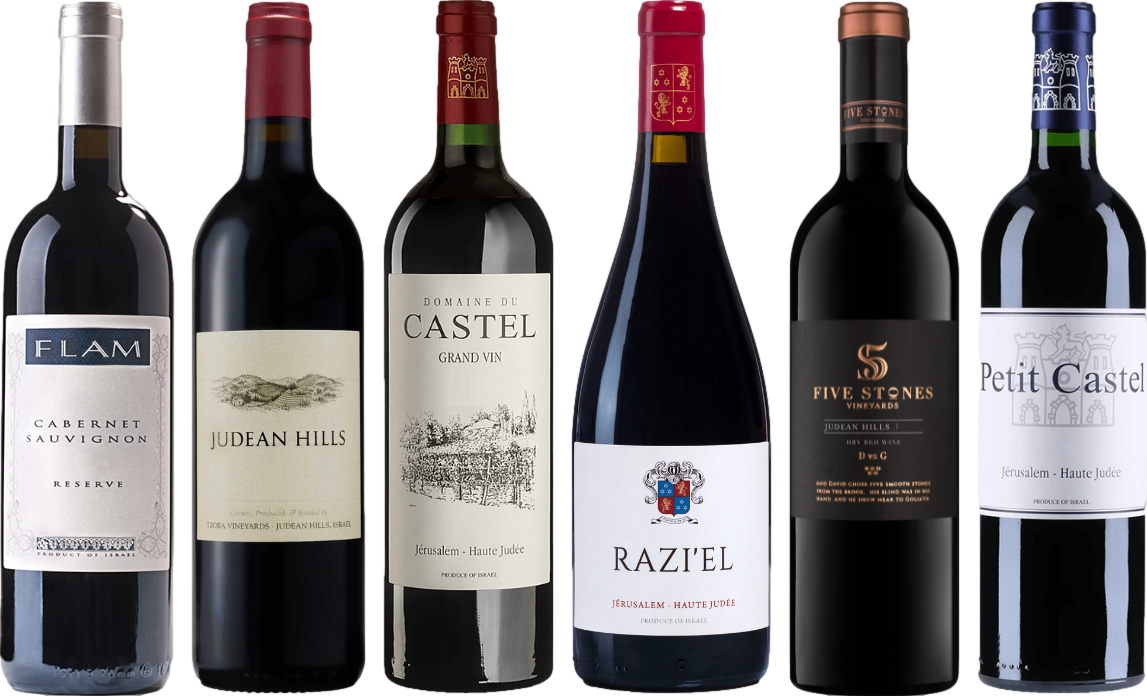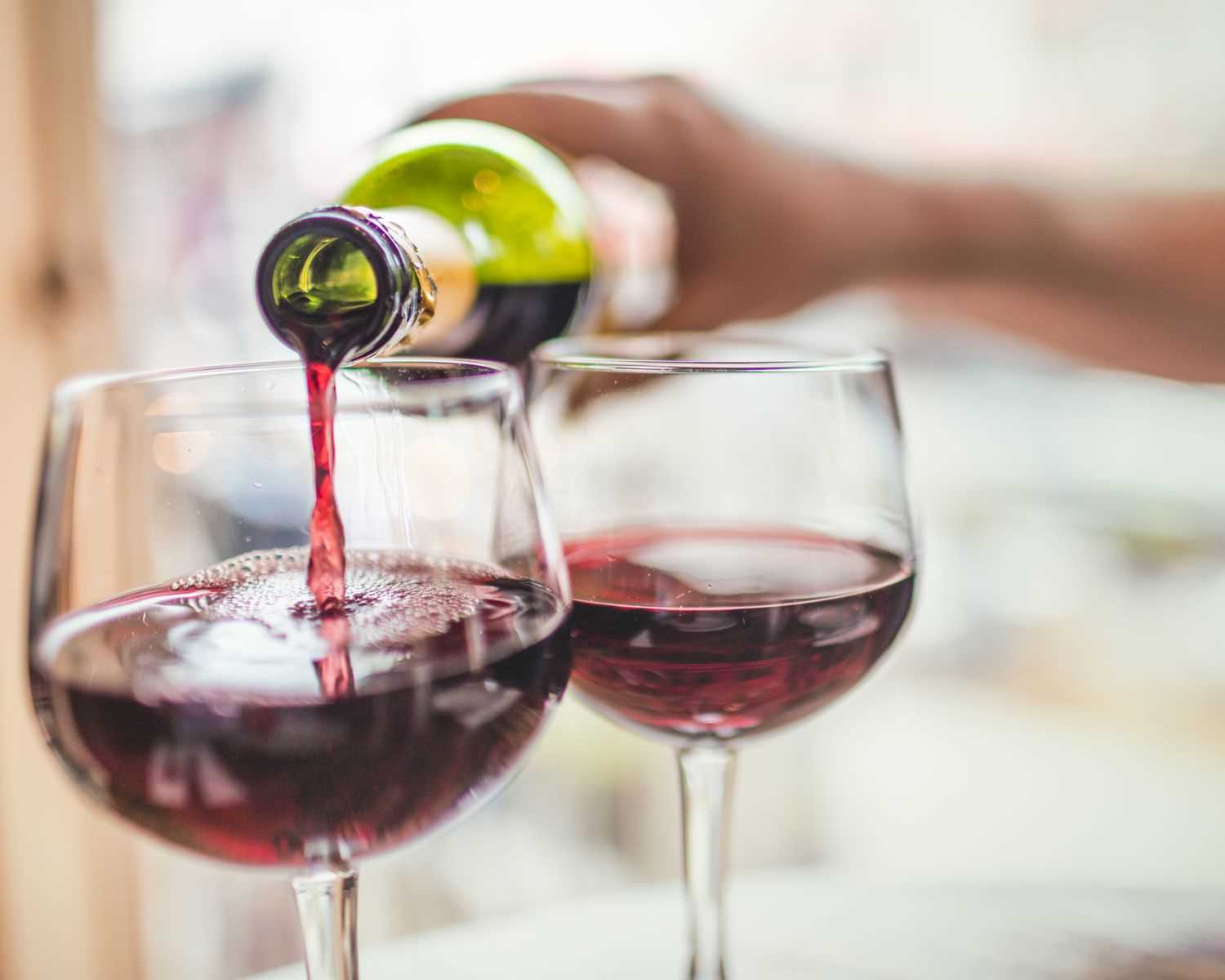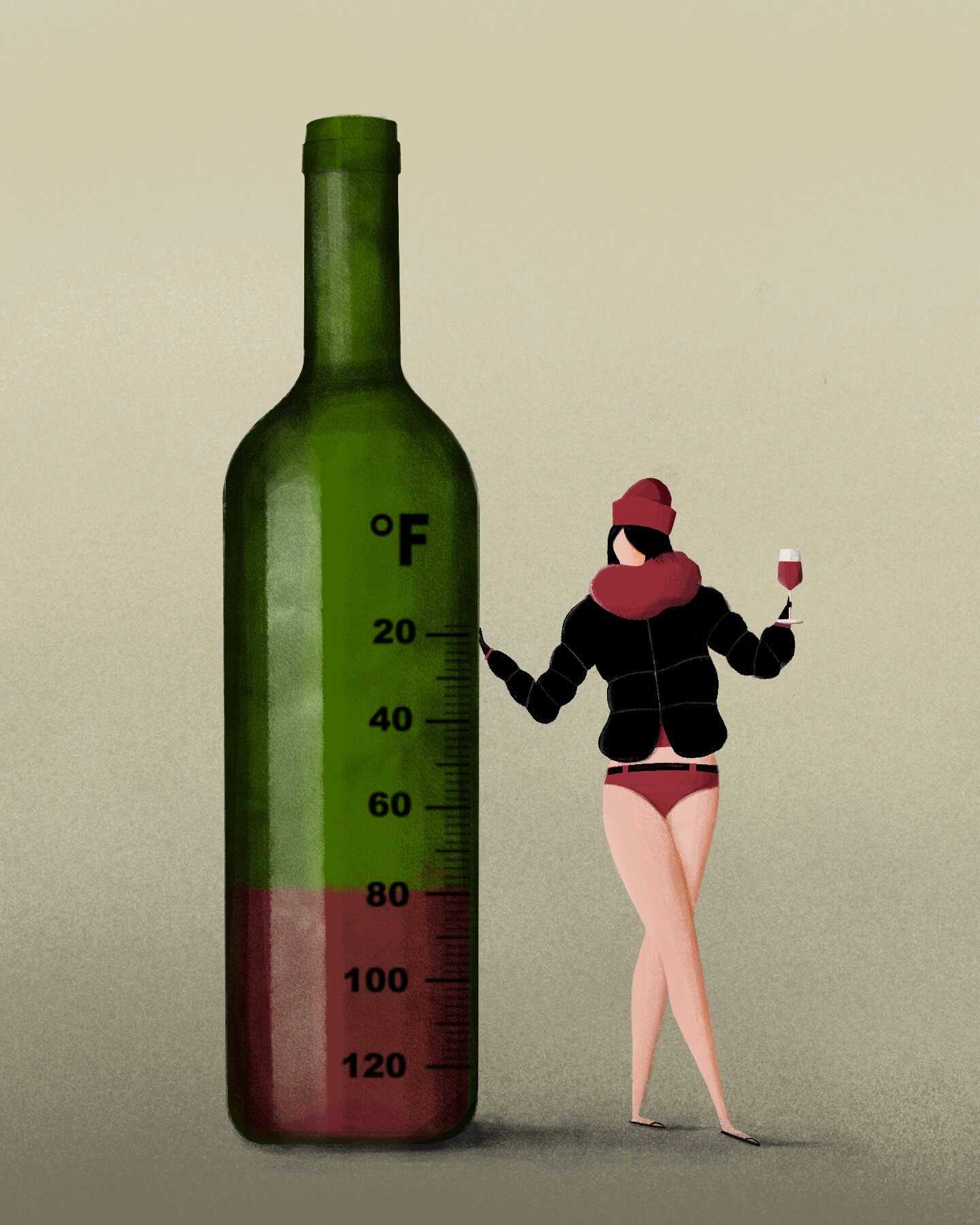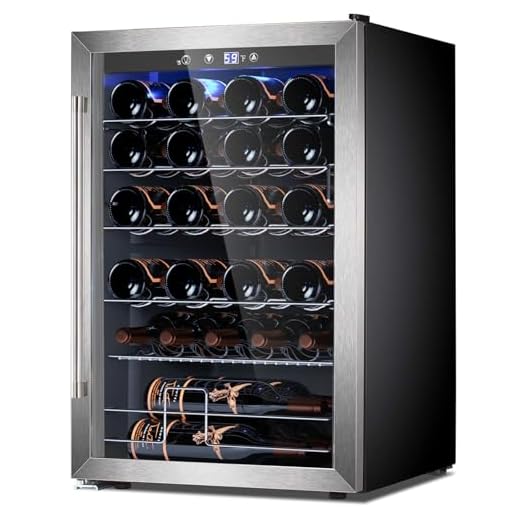



Yes, placing a bottle of your favorite crimson beverage in the fridge can be beneficial, especially during warm weather. A temperature range of 55°F to 65°F is typically ideal for serving, but a light chill can enhance the enjoyment of certain styles, particularly those that are fruit-forward or lower in tannins.
For optimal results, allow the bottle to chill for about 30 minutes before serving. This brief cooling period helps to maintain the wine’s flavor profile without overpowering its characteristics. If you find yourself enjoying a lighter variety, such as a Pinot Noir or Gamay, a slight drop in temperature can elevate the tasting experience.
However, avoid prolonged refrigeration. Extended exposure to cold can dull the flavors and aromas, diminishing the overall experience. Once opened, ensure that any remaining liquid is consumed within a few days, and store it in the fridge to maintain freshness. Utilize a vacuum pump or a wine stopper to minimize oxidation and keep your drink delightful.
Storing Red Varieties in Chilled Environments
It’s advisable to avoid placing fuller-bodied options in a cold environment for extended periods, as lower temperatures can mute flavors and aromas. Instead, if you have an open bottle, consider chilling it for a short duration before serving. Aim for a temperature between 55°F and 65°F for optimal enjoyment.
Short-Term Cooling Tips
- Place the bottle in an ice bucket for about 15-20 minutes before serving.
- For quick cooling, wrap the bottle in a damp cloth and place it in the fridge for 30 minutes.
- Avoid prolonged storage in cold settings to preserve the wine’s character.
Understanding Flavor Profiles
Chilling should be approached with caution. Lighter varieties can benefit from a cooler temperature, while more robust selections may lose their complexity. Always consider the wine’s characteristics when deciding on temperature adjustments.
For those looking to enhance their culinary skills while enjoying a glass, you might find it interesting to explore how long does it take to cook jasmine rice for perfect pairings with your favorite dishes.
Understanding the Impact of Temperature on Red Wine
Serving at the right temperature significantly influences the taste profile and overall enjoyment of your favorite varietals. For optimal experience, maintain a temperature range of 60°F to 65°F (15°C to 18°C) for best results. This range allows the complex aromas to express themselves fully while balancing acidity and tannin levels.
Effects of Temperature on Flavor Profiles
Higher temperatures can intensify alcohol perception, often overshadowing subtle flavors. Conversely, cooler temperatures may mute aroma and flavor, leading to a less engaging sip. Understanding this balance is key to enhancing your tasting experience.
Temperature and Aging Potential
Consistent temperatures are crucial for aging potential. Fluctuations can cause expansion and contraction of the liquid, which may compromise the integrity of the cork and lead to oxidation. Aim for a stable environment, ideally in a cellar or a wine fridge, to ensure proper maturation.
| Temperature Range (°F) | Flavor Impact |
|---|---|
| Below 55°F | Flavors muted, aromas suppressed |
| 55°F – 60°F | Balanced experience, good aroma |
| 60°F – 65°F | Optimal expression, complex flavors |
| Above 65°F | Alcohol dominance, less refined |
Best Practices for Storing Opened Wine
After you’ve popped the cork, it’s important to handle the bottle properly to maintain its integrity. First, ensure that the bottle is resealed tightly after pouring. Using a cork or a specialized wine stopper can minimize exposure to air, which significantly affects flavor and aroma.
Store the opened bottle upright to prevent any potential leakage, especially if the cork is not fully intact. This position also reduces the liquid’s surface area exposed to oxygen, which slows down oxidation.
Temperature Considerations
While chilling is common for certain types of beverages, it’s best to keep the opened bottle in a cool, dark place. A temperature range of 50-65°F is ideal for preserving the character of the beverage. If you choose to refrigerate it, be mindful of not letting it sit too long, as cooler conditions can mute the flavors.
Duration of Storage
Generally, an opened bottle can last anywhere from 3 to 5 days. However, this can vary depending on the varietal and storage method. If you notice any off-odors or changes in taste, it’s best to discard the remaining liquid. Utilizing a vacuum pump can further extend freshness by removing air from the bottle.
How Long Can You Refrigerate Red Wine?

Typically, a bottle of opened varietal can be stored in a cooler for up to five days. This timeframe allows for the preservation of its flavor profile and aromatic qualities. After this period, oxidation alters the taste, leading to a less enjoyable experience.
Factors Influencing Freshness
The storage temperature is critical. While a cooler environment slows down deterioration, it does not completely halt the aging process. The type of closure also plays a role; corked bottles may retain freshness longer than screw caps. Additionally, the varietal affects longevity–full-bodied selections often fare better than lighter options.
Signs of Decline
Be on the lookout for changes in aroma and taste. If the beverage develops a vinegar-like scent or an off-putting flavor, it’s time to discard it. Proper sealing with a stopper can help maintain quality during the refrigeration period.
Identifying the Right Serving Temperature for Red Wine
The ideal serving temperature for a full-bodied varietal ranges from 60°F to 65°F (15°C to 18°C). For lighter styles, aim for 55°F to 60°F (13°C to 15°C). These guidelines enhance the aroma and flavor profile, allowing you to experience the complexity of each sip.
- Use a wine thermometer to check the temperature accurately before serving.
- If the beverage is too warm, chill it in the fridge for about 15-20 minutes.
- To warm up a chilled bottle, simply hold it in your hands or let it sit in a room for a short period.
Serving at the correct temperature not only enhances enjoyment but also allows the various notes and nuances to emerge. Remember, a cooler serving temperature can mute the flavors, while excessive warmth can accentuate alcohol and overpower subtleties.
Take into account the specific varietal you’re enjoying. For instance, Pinot Noir thrives at slightly cooler temperatures compared to Cabernet Sauvignon, which flourishes when served on the higher end of the scale. Understanding these nuances is key to a delightful tasting experience.
Experiment with different temperatures to find your personal preference. Everyone’s palate is unique, and what works for one may not suit another. Keeping a few bottles at varying temperatures can allow for immediate enjoyment based on mood and occasion.
Effects of Refrigeration on Flavor and Aroma
Chilling this beverage can significantly alter its sensory characteristics. Lower temperatures tend to mute the complexity of flavors and aromas, resulting in a less expressive profile. Fruity notes may become subdued, and the subtle nuances that define the character of a particular varietal can be lost.
For optimal enjoyment, it’s best to store an opened bottle at a temperature between 55°F and 65°F (13°C to 18°C). This range allows for the preservation of its aromatic compounds while maintaining the integrity of its flavor profile. If you find it necessary to chill, aim for a brief period, ideally around 30 minutes, to achieve a slight coolness without compromising its qualities.
Keep in mind that prolonged exposure to cold can lead to a flat taste. Many complex wines benefit from a little breathing time, which can be hindered by low temperatures. For the best experience, allow the bottle to warm slightly before serving, bringing it closer to its intended temperature range.
Comparing Refrigeration with Other Storage Methods
For optimal preservation of opened bottles, a cool environment is recommended. While chilling is one option, alternatives like a wine cellar or a dedicated storage unit can be more suitable. These spaces maintain a stable temperature, typically between 55°F and 65°F, which is beneficial for long-term aging.
Using a vacuum sealer is another effective method. This technique removes air from the bottle, minimizing oxidation and extending freshness. When combined with a cooler setting, it further enhances longevity. Consider also using specialized wine stoppers that limit exposure to air.
In contrast, storing on a countertop or in a pantry can lead to temperature fluctuations, which negatively affect flavor profiles. A consistent environment is key, as fluctuations can cause corks to expand and contract, allowing unwanted oxygen to enter.
Experimenting with combinations of methods may yield the best results. For short-term needs, chilling might suffice, but for longer storage, aim for a controlled environment with proper sealing techniques. This dual approach ensures that each bottle retains its character and complexity, allowing for an enjoyable experience down the line.
Recommendations for Different Types of Red Wine

For lighter varieties such as Pinot Noir, chilling to around 55°F (13°C) can enhance their delicate aromas and flavors. This temperature helps to emphasize the wine’s fruitiness while softening tannins.
Medium-bodied options like Merlot benefit from a slightly warmer setting, ideally between 58°F and 62°F (14°C to 17°C). This range allows the complexity of the wine to present itself without overwhelming the palate.
Full-bodied selections such as Cabernet Sauvignon are best enjoyed at 62°F to 65°F (17°C to 18°C). Serving these at this temperature brings out their deep flavors and aromatic profiles, enhancing the overall tasting experience.
For wines with higher tannin levels like Syrah or Malbec, consider a brief chill to around 60°F (16°C). This can help mitigate harshness and balance the structure, leading to a smoother finish.
When serving blends, aim for a temperature that aligns with the dominant grape variety. If a blend features a significant amount of a lighter grape, chilling it accordingly will elevate its characteristics.
Keep in mind that personal preference plays a role in serving temperatures. Experimenting within these guidelines allows for a tailored experience that can match individual tastes.
FAQ:
Can red wine be stored in the refrigerator?
Yes, red wine can be stored in the refrigerator, although it is generally recommended to serve it at a slightly warmer temperature than that of a typical fridge. The ideal serving temperature for most red wines ranges from 55°F to 65°F (about 13°C to 18°C). If you find that your red wine is too warm, you can place it in the refrigerator for a short period, around 15 to 30 minutes, to cool it down before serving. However, long-term storage in the fridge is not advisable as it can affect the wine’s flavor and aging process.
What are the effects of refrigerating red wine on its taste?
Refrigerating red wine can alter its taste and aroma. When red wine is served too cold, the flavors may become muted, and the wine may lose its complexity. The chill can mask fruity notes and tannins, which are more pronounced at warmer temperatures. If you choose to refrigerate red wine, it’s best to do so briefly before serving rather than for extended periods. For optimal enjoyment, allow the wine to return to a suitable temperature after chilling, which can enhance its flavors and aromas.











